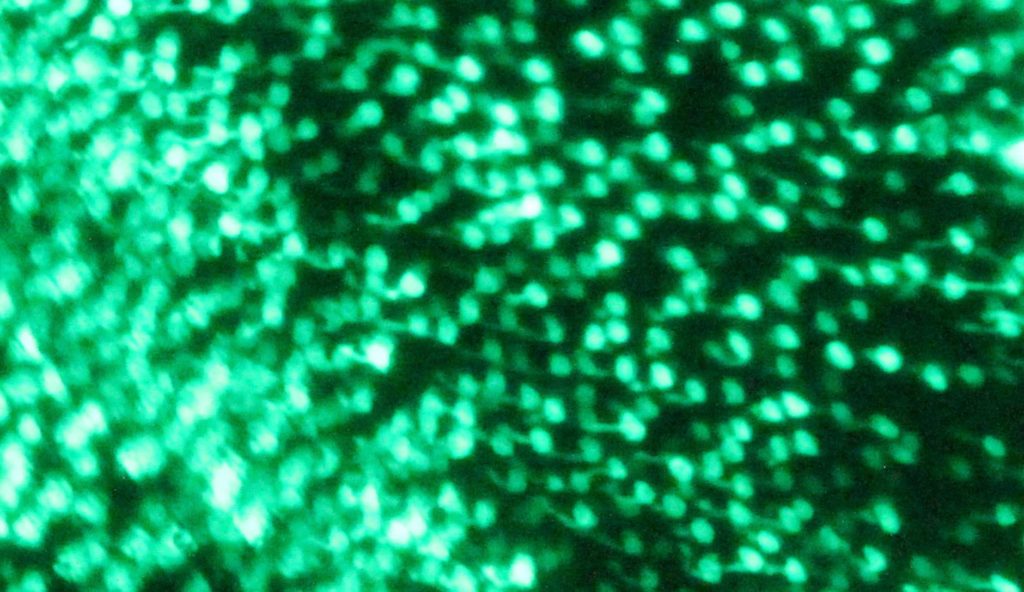Ward K, Coon D, Magiera D, Bhadresa S, Nisbett E, Lawrence M, Exploration of the African green monkey as a preclinical pharmacokinetic model: intravenous pharmacokinetic parameters, Drug Metabolism and Disposition, 36:715-20, 2008.
Elmén J, Lindow M, Schütz S, Lawrence M, Petri P, Obad S, Lindholm M, Hedtjärn M, Hansen H, Berger U, Gullans S, Kearney P, Sarnow P, Straarupand E, Kauppinen S, LNA-mediated microRNA silencing in non-human primates, Nature, 452:869-9, 2008.
Ward K, Coon D, Magiera D, Bhadresa S, Struharik M, Lawrence M, Exploration of the African green monkey as a preclinical pharmacokinetic model: Oral pharmacokinetic parameters and drug-drug interactions, Xenobiotica, 39:266-72, 2009.
Pritchard C, Slotkin J, Yu D, Dai H, Lawrence M, Bronson R, Reynolds F, Teng Y, Woodard E, Langer R. Establishing a model spinal cord injury in the African green monkey for the preclinical evaluation of biodegradable polymer scaffolds seeded with human neural stem cells, Journal of Neuroscience Methods, 188:258-69, 2010.
Liddie S, Goody R, Valles R, Lawrence M. Clinical chemistry and hematology values in a Caribbean population of African green monkeys. Journal of Medical Primatology, 39:389-98. 2010.
Goody R, Hu W, Shafiee A, Struharik M, Bartels S, Lopez F, Lawrence M, Optimization of laser-induced choroidal neovascularization in African green monkeys, Experimental Eye Research, 92:464-72, 2011.
Glogowski S, Ward K, Lawrence M, Goody R, Proksch J. The use of the African green monkey as a preclinical model for ocular pharmacokinetic studies. Journal of Ocular Pharmacology and Therapeutics, 28:290-8, 2012.
Cloutier F, Lawrence M, Goody R, Lamoureux S, Al-Mahmood S, Colin S, Ferry A, Conduzorgues J, Hadri A, Cursiefen C, Udaondo P, Viaud E, Thorin E, Chemtob S. Antiangiogenic activity of aganirsen in nonhuman primate and rodent models of retinal neovascular disease after topical administration, Investigative Ophthalmology & Visual Science, 53:1195-203, 2012.
Rottiers V, Obad S, Petri A, McGarrah R, Lindholm M, Black J, Sinha S, Goody R, Lawrence L, deLemos A, Hansen H, Whittaker S, Henry S, Brookes R, Najafi-Shoushtari S, Chung R, Whetstine J, Gerszten R, Kauppinen K, Näär A. Pharmacological inhibition of a microRNA family in nonhuman primates by a seed-targeting 8-mer antimiR, Science Translational Medicine, 5(212):212ra162 2013.
Halley P, Kadakkuzha B, Ali Faghihi M, Magistri M, Zeier Z, Khorkova O, Coito C, Hsiao J, Lawrence M, Wahlestedt C. Regulation of the apolipoprotein gene cluster by a long noncoding RNA, Cell Reports, 6:222-230 2013.
Sidman R, Li J, Lawrence M, Hu W, Musso G, Giordano R, Cardó-Vila M, Pasqualin Ri, Arap W. The peptidomimetic Vasotide targets two retinal VEGF receptors and reduces pathological angiogenesis in murine and nonhuman primate models of retinal disease. Science Translational Medicine, 7:309ra165. 2015.
Hsiao J, Yuan T, Tsai M, Lu C, Lin Y, Le M, Lin S, Chang F, Liu Pimentel H, Olive C, Coito C, Shen G, Young M, Thorne T, Lawrence M, Magistri M, Faghihi M, Khorkova O, Wahlestedt C. Upregulation of haploinsufficient gene expression in the brain by targeting a long non-coding RNA Improves seizure phenotype in a model of dravet syndrome. EBioMedicine. 9:257-77 2016.
Slotkin J, Pritchard C, Luque B, Ye J, Layer R, Lawrence M, O’Shea T, Roy R, Zhong H, Vollenweider I, Edgerton V, Courtine G, Woodard E, Langer R. Biodegradable scaffolds promote tissue remodeling and functional improvement in non-human primates with acute spinal cord injury. Biomaterials, 123:63-76 2017.
Grishanin R, Vuillemenot B, Sharma P, Keravala A, Greengard J, Gelfman C, Blumenkrantz M, Lawrence M, Hu W, Kiss S, Gasmi M. Preclinical evaluation of ADVM-022, a novel gene therapy approach to treating wet age-related macular degeneration. Mol Ther.27:118-129 2019.
Liddie S, Okamoto H, Gromada J, Lawrence M. Characterization of glucose-stimulated insulin release protocols in African green monkeys (Chlorocebus aethiops). J Med Primatol, 48::10-21 2019.
Hudson N, Celkova L, Hopkins A, Greene C, Storti F, Ozaki E, Fahey E, Theodoropoulou S, Kenna PF, Humphries MM, Curtis AM, Demmons E, Browne A, Liddie S, Lawrence MS, Grimm C, Cahill MT, Humphries P, Doyle SL, Campbell M. Dysregulated claudin-5 cycling in the inner retina causes retinal pigment epithelial cell atrophy. JCI Insight.4 2019.


